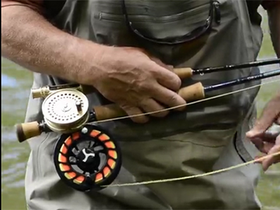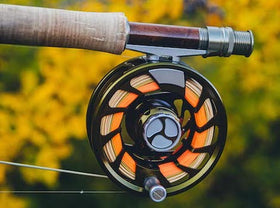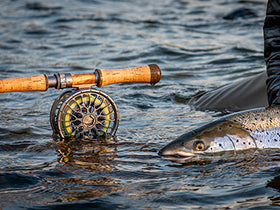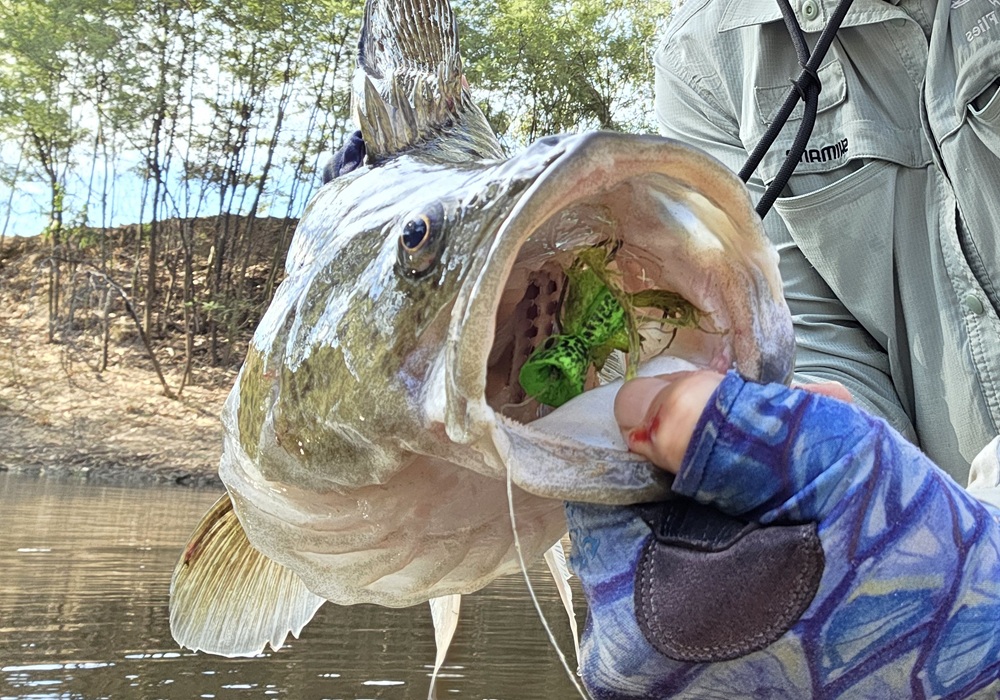
I know, it’s a weird title and I am forever trying to crack it! I might seem to have cracked it, but no sooner has that happened, than the cod change the goal posts! However, there are a few things that can swing the odds your way.
Firstly, have confidence in your flies and tackle. Make sure your flies, rod, reel and line have a proven track record catching cod. Next, practice until you can cast those flies accurately. Do not leave casting practice until you’re actually fishing. And once on the water, ensure you are casting where you think the fish are, be it on the surface or subsurface, and be prepared to lose a few flies.
Fish when the cod are more likely to eat. Dusk and dawn are my preferred times, although I do fish outside of these periods and still catch them. If you choose to fish for cod at night – often a good option – then know your terrain. This will likely mean fishing surface flies to prevent fly losses.
This summer has been dry, and we have had long stretches of warm to hot weather without rain. The result was warmer water, which seem to lead to different cod behaviour. What I thought I knew about cod fishing was challenged; what worked last summer did not work as well this summer.
No matter what river, putting an accurate cast at structure didn't get much of a look in. So, I put in even more time on the water to see if I could find what the cod wanted this summer.
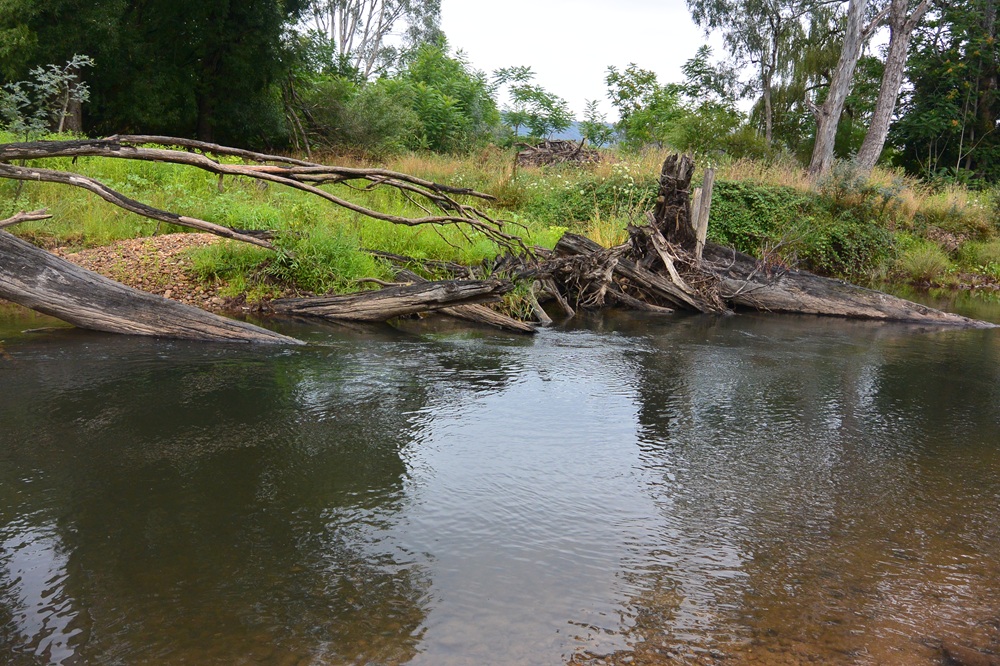 An example of a 'food funnel' on the King River.
An example of a 'food funnel' on the King River.Knowing cod can be a lazy fish, preferring not to spend too much energy hunting their food, I put more effort into what I think of as ‘food funnels’. This is where the flow from upstream is funneled into a narrower stretch. This concentrates the food, and if you add some cover and a bit of depth, and you have home-delivered food!
It probably doesn’t hurt that these areas also create some turbulence, which in turn increases oxygen levels. If you do locate such a spot, and it’s also a debris collection area, then you have a cod hotspot. While these are great places to target at first or last light, don’t discount them during the day: they can produce even in broad daylight.
However, an accompanying issue is, these hotspots are also potential places to lose flies, so think about your approach. What type of fly are you going to fish? Surface or subsurface? Where does your fly need to be and can you put it there?
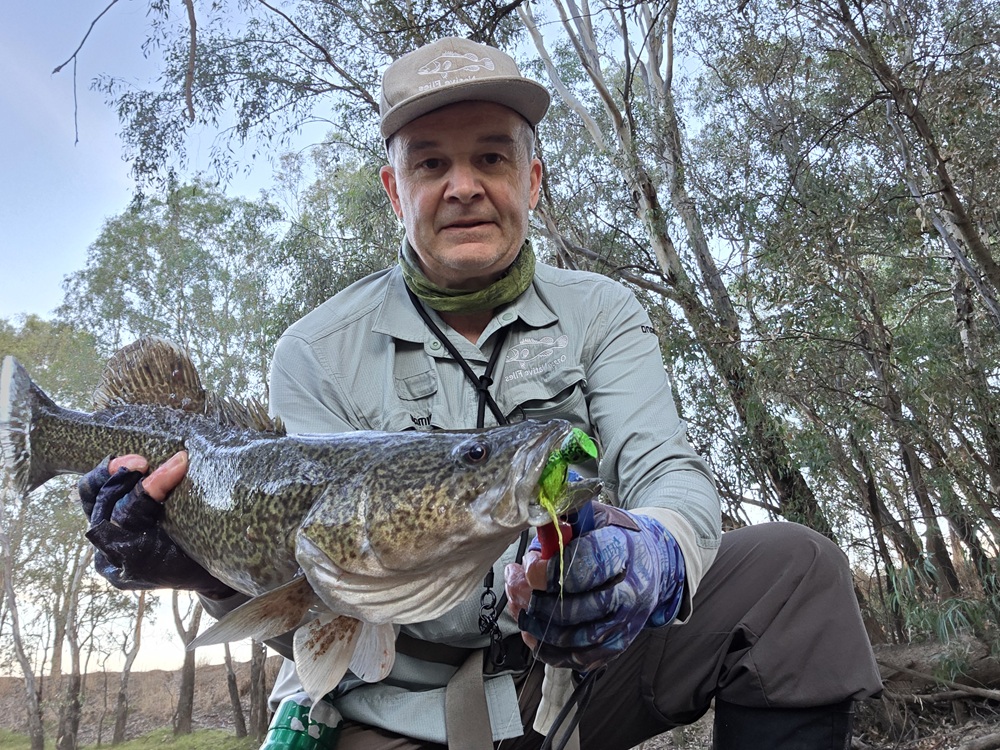 Code cracked - for now at least!
Code cracked - for now at least!This last bit is where your previous casting practice comes into play. A poor cast might result in missing the spot, but a good cast can instigate a take. Make sure you cast with purpose. Your fly has to hit the spot. Ensuring the length of line you cast is exactly the required distance, and minimising line stretch for when you do strike, can make all the difference. Remember, this is not trout fishing, and a big plop when you fly lands should generate some interest. If you get a take, use a strip strike – not a rod-lifting trout strike. Murray cod have bony mouths and while a trout strike might briefly pin the fly, it won’t keep it in place.
I won’t go into detail on flies, other than to say I put a lot of thought into what I want them to do, be it to ‘pop’, sink fast, or sink slowly.
Have confidence in your flies and gear, fish hard and if you blank, then accept the challenge and get back out there.


